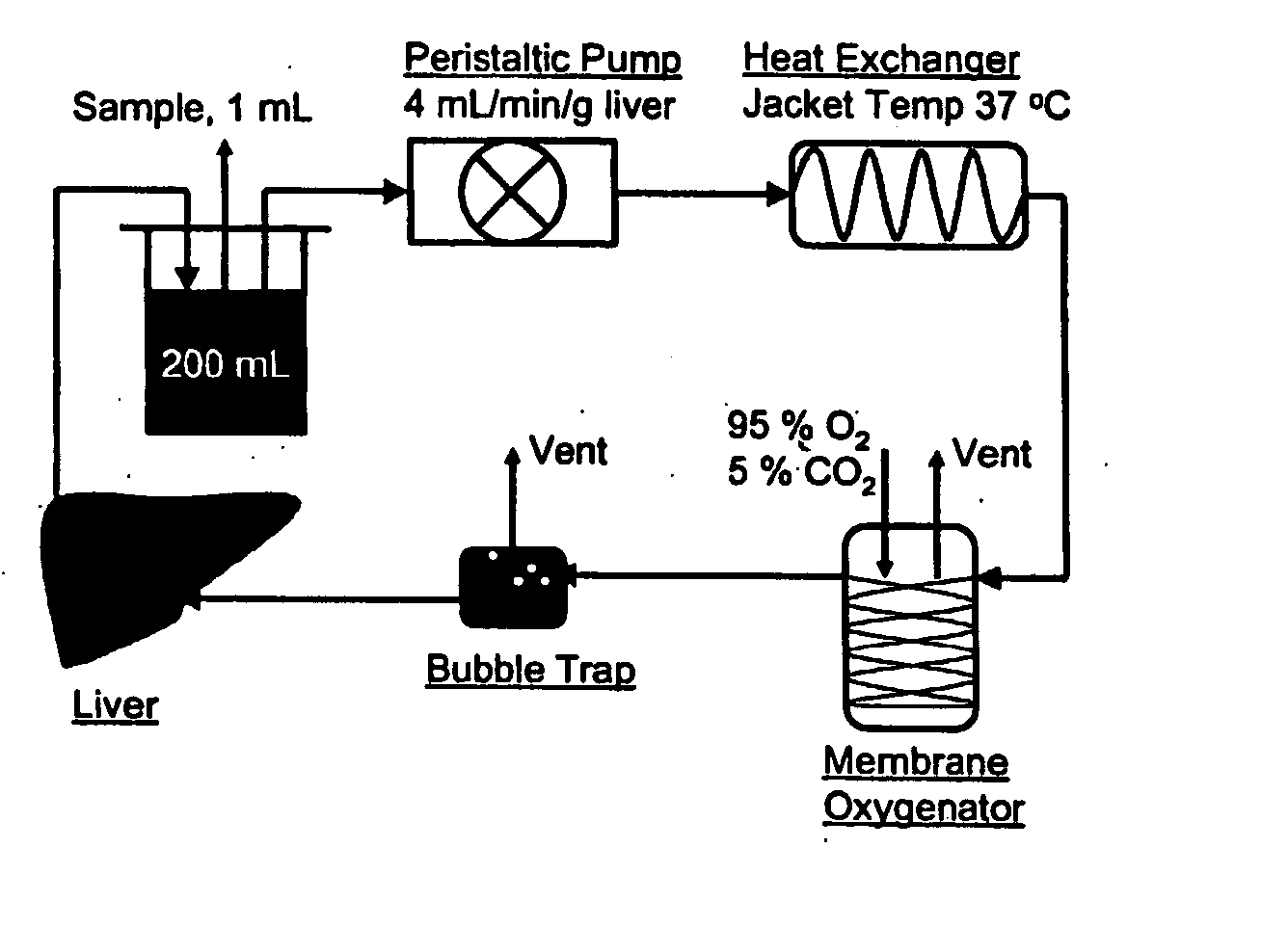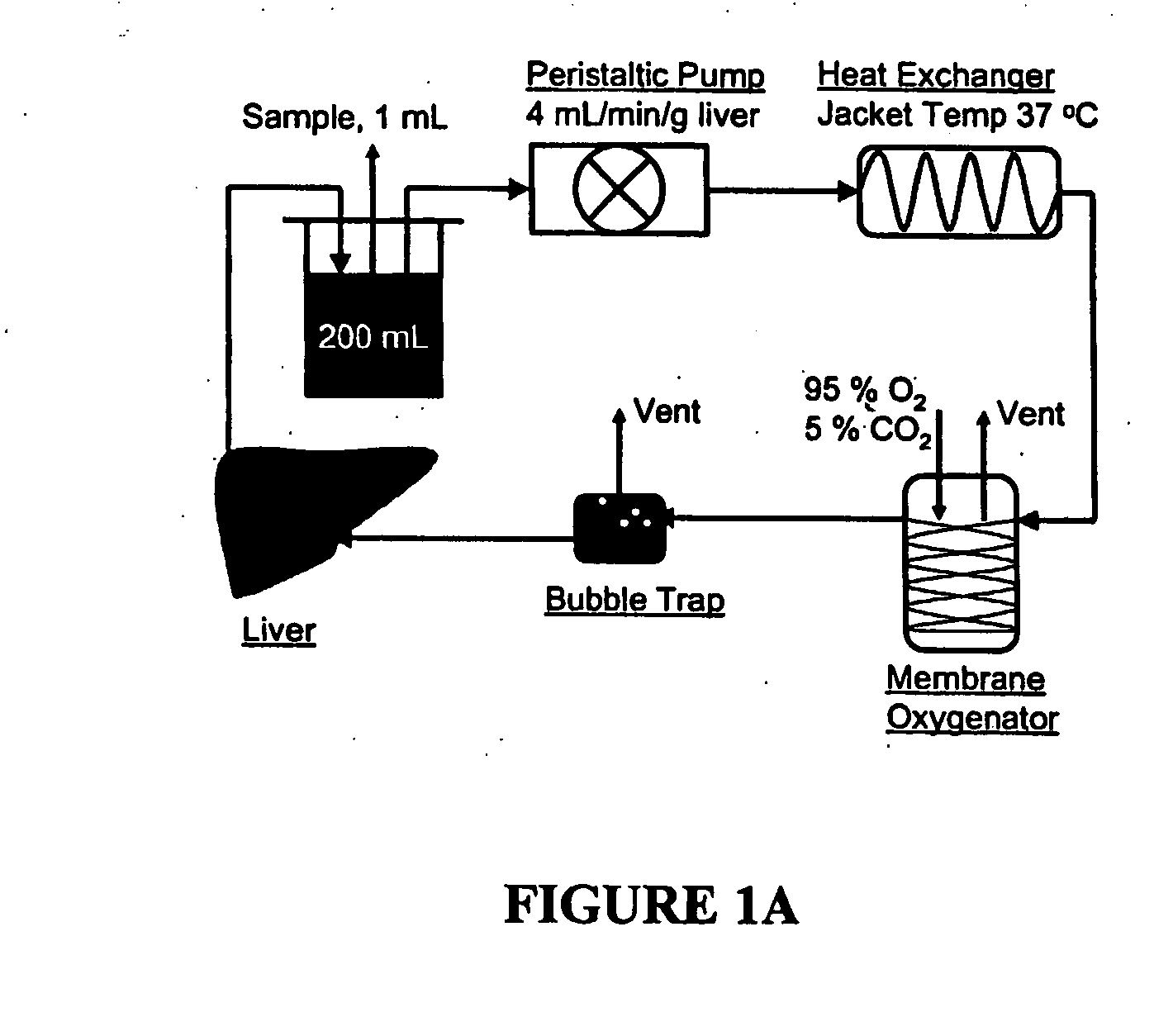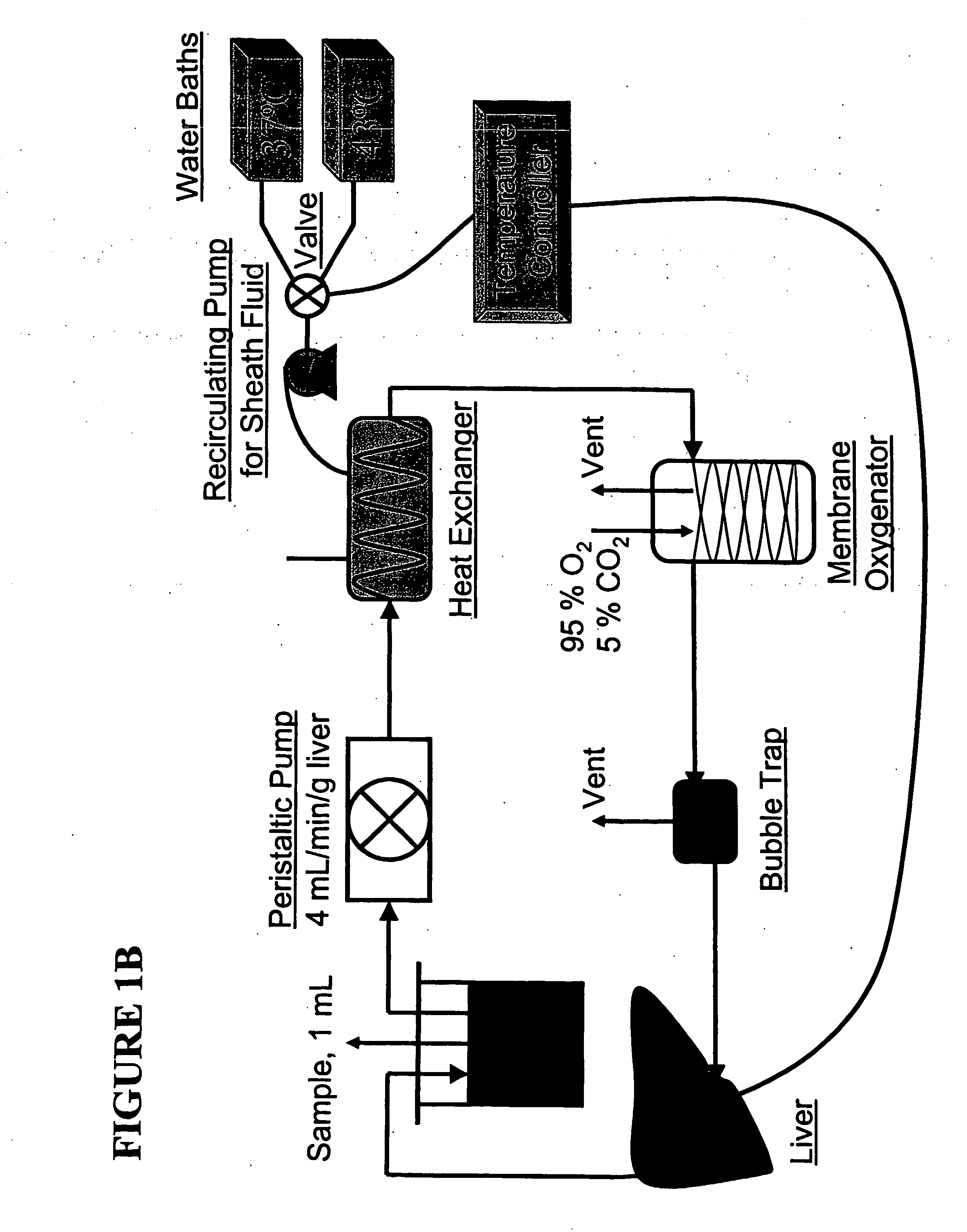Compositions, solutions, and methods used for transplantation
a technology for organ transplantation and cell culture, applied in the field of cell, tissue, organ transplantation, can solve the problems of large patient death, inherently limited living donor methods, and large number of patients placed on wait-lists, and achieve the effects of rapid removal of excess lipid storage, increased overall ability of cells, and high fat conten
- Summary
- Abstract
- Description
- Claims
- Application Information
AI Technical Summary
Benefits of technology
Problems solved by technology
Method used
Image
Examples
Embodiment Construction
devices for the metabolic preconditioning of a donor cell, tissue, or organ for surgical purposes, including transplantation. These methods involve reducing the intracellular lipid storage material of cells, tissues, or organs thereby increasing their ability to withstand ischemia / reperfusion injuries (I / R), cold-preservation injuries, or both. If desired, heat shock may also be induced in the cells, tissues, or organs of the present invention. Accordingly, the metabolic and heat shock preconditioning methods described herein improve the outcome of virtually any transplant surgical procedures and reduce the risk of postoperative organ dysfunction to a level similar to that observed in nonsteatotic organs (e.g., livers).
Ischemia-Reperfusion (I / R) Injury
[0064] Ischemia-reperfusion (I / R) injury is inevitable in complex surgical procedures, such as liver transplantation and liver resection. In this regard, hepatic steatosis is a major risk factor of primary malfunction of graft livers...
PUM
| Property | Measurement | Unit |
|---|---|---|
| temperature | aaaaa | aaaaa |
| temperature | aaaaa | aaaaa |
| temperature | aaaaa | aaaaa |
Abstract
Description
Claims
Application Information
 Login to View More
Login to View More - R&D
- Intellectual Property
- Life Sciences
- Materials
- Tech Scout
- Unparalleled Data Quality
- Higher Quality Content
- 60% Fewer Hallucinations
Browse by: Latest US Patents, China's latest patents, Technical Efficacy Thesaurus, Application Domain, Technology Topic, Popular Technical Reports.
© 2025 PatSnap. All rights reserved.Legal|Privacy policy|Modern Slavery Act Transparency Statement|Sitemap|About US| Contact US: help@patsnap.com



